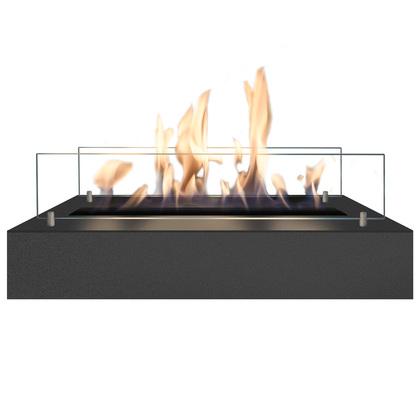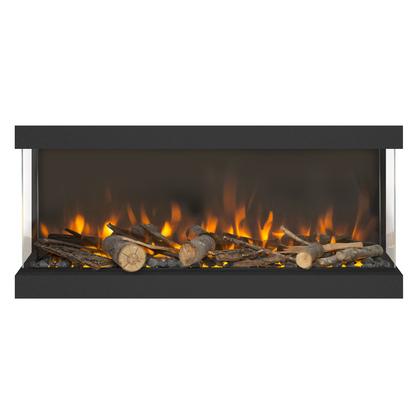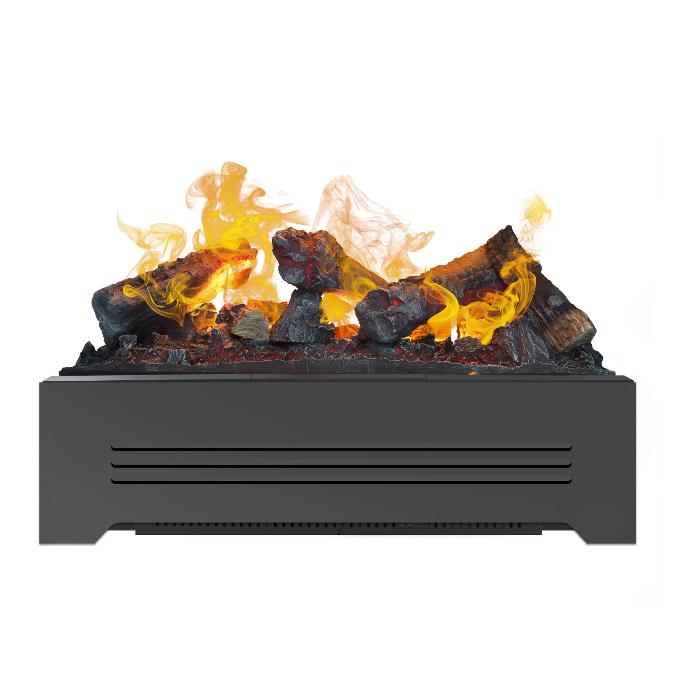Supplemental heating with a decorative fireplace: Combine warmth with coziness
Combining ambiance and warmth
Looking for a smart way to heat your home while creating a cozy atmosphere? Ambience heating with an electric fireplace or a bio-ethanol fireplace is the perfect solution. These units provide instant warmth and also function as supplemental heating in the rooms you use most. And all without chimneys, smoke, or complicated installation!
What is a decorative fireplace and how does it work as supplemental heating?
Often seen as decorative, modern electric and bio-ethanol fireplaces actually generate real heat. They’re ideal for localized supplemental heating, allowing you to turn down your central heating and save energy.
Heating efficiency depends on:
- Home insulation and build year
- Room size
- Fireplace type and power
Electric decorative fireplaces are ideal for smaller rooms up to 20 m², while bioethanol models – such as those from Xaralyn – can heat spaces up to 120 m³.
Benefits of supplemental heating with a decorative fireplace
-
Energy Savings
Use a fireplace as supplemental heating and lower your thermostat by a few degrees. You heat only the spaces you occupy – smart and sustainable! -
Instant Warmth & Atmosphere
Electric fireplaces often include a flame-only mode for summer ambiance, or flame + heat mode in winter. A bio-ethanol fireplace provides real flames with efficient warmth. -
Perfect for Any Room
Slaapkamer, thuiskantoor of hobbyruimte koud? Met een mobiele sfeerhaard los je dit snel en stijlvol op. Geen radiatoren of CV nodig, wél direct een aangename temperatuur. -
No Chimney or Vent Required
Both electric and bio-ethanol fireplaces are freestanding and low-maintenance. Just plug it in or refill the fuel—no wood to store or chimney to clean.
What you should know about fuel use and capacity
The heat output varies depending on the model and the size of the burner:
- Decorative electric fireplaces are efficient, requiring only a power outlet, ideal for local supplemental heating.
- Bioethanol fireplaces use liquid fuel. A smaller burner (model S) uses ~1.5 L for 3.5 hours of heat. A larger burner (XXL) consumes more fuel but heats larger areas.
Pro tip: The smaller the burner, the better suited for localized heating—larger units work well for bigger spaces.
Supplemental heating in practice: Smart usage
A smart combination:
- Set your central heating to around 18 °C.
- When you get home, turn on your decorative fireplace as supplemental heating.
- Your living room warms up quickly, while keeping overall energy usage low.
Unlike wood stoves, there’s no wood to carry or ash to clean—especially grateful on cold, rainy winter days!
Conclusion: Decorative heating as smart supplemental heating
Looking to save on energy bills while adding comfort and ambiance to your home? A decorative fireplace used as supplemental heating is the perfect solution. Whether you choose an electric fireplace or a bioethanol model, you’ll enjoy instant warmth, cozy flames, and flexibility.
With Xaralyn fireplaces, you heat your home efficiently and stylishly – without smoke, without gas, and without hassle.
Want to know more about decorative or supplemental heating? Contact us or visit our showroom.



